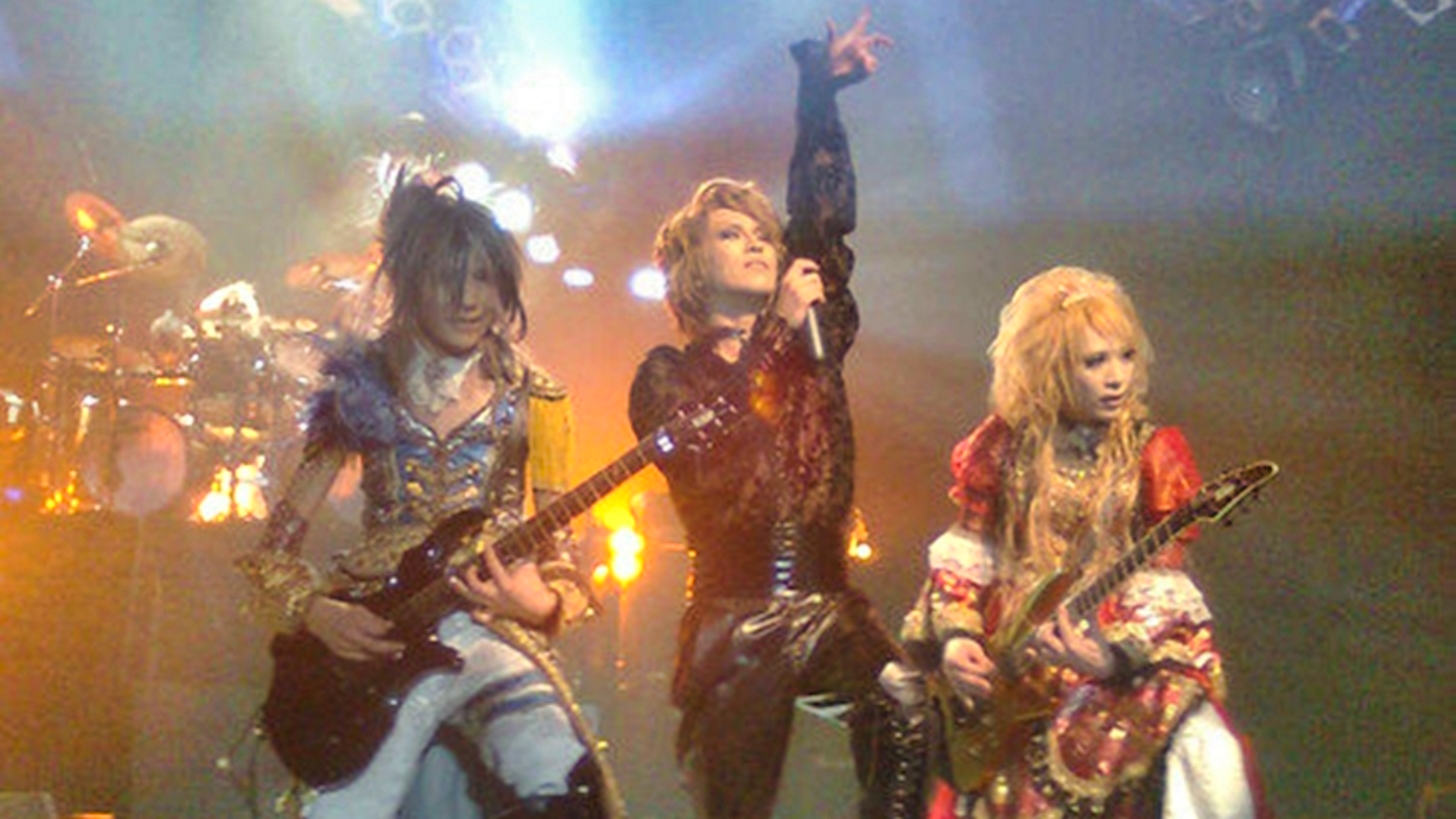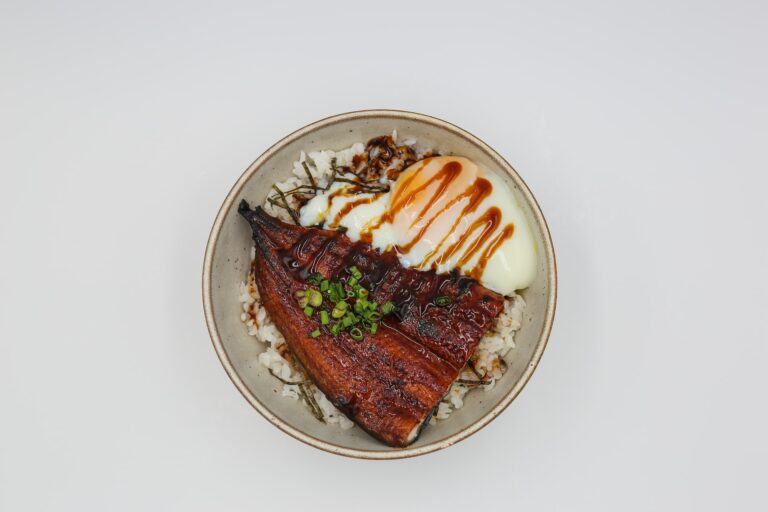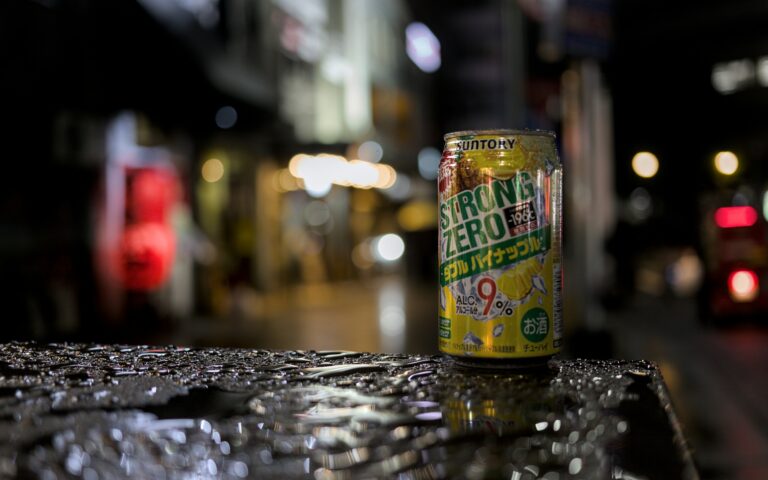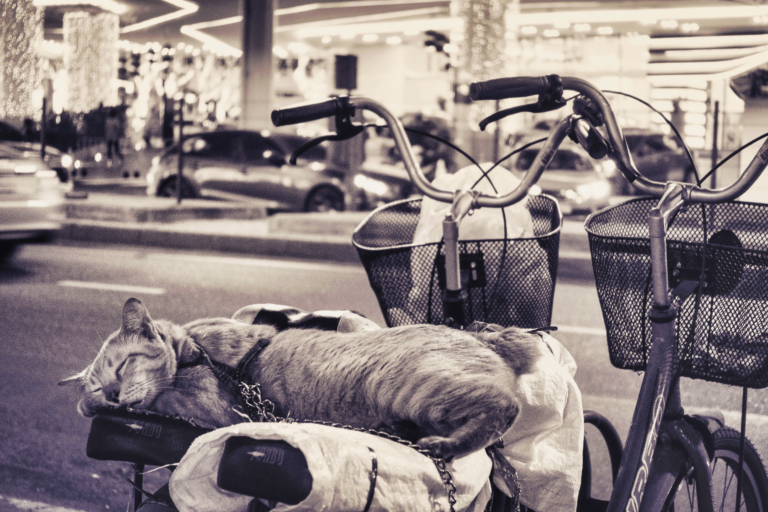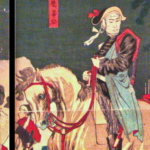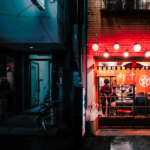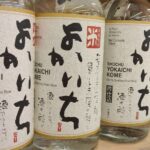- What is visual kei music?
- Origins and evolution
- The rise of visual kei in Japan
- Music and performance
- Global influence and legacy
- Cultural impact and legacy
- Final thoughts
- FAQ
- What is considered visual kei?
- Is visual kei considered goth?
- What is visual kei in Japanese?
- What is the visual kei style?
- Who pioneered the visual kei movement?
- How has visual kei influenced global music?
- Who are some modern visual kei bands?
- How has visual kei impacted fashion and culture?
- What are the musical characteristics of visual kei?
- When did visual kei become mainstream in Japan?
Visual kei (AKA VK), is a uniquely Japanese music and fashion subculture that emerged in the late 1980s. It stands as one of Japan’s most distinctive music and fashion movements combining theatrical performances dramatic makeup and elaborate costumes. This unique cultural phenomenon blends glam rock punk and metal influences to create a bold artistic expression that transcends traditional gender norms.
At its core, visual kei is characterized by its emphasis on elaborate costumes, dramatic makeup, and androgynous aesthetics, all of which are used to create visually striking performances. The term “visual kei” literally translates to “visual style,” highlighting the subculture’s focus on visual presentation as much as on the music itself.
What started as an underground movement in Tokyo’s music scene has evolved into a global phenomenon influencing fashion music and popular culture worldwide. Visual kei artists like X Japan Luna Sea and Dir En Grey have pushed boundaries while inspiring countless musicians and fashion enthusiasts to embrace their creative freedom. Today’s visual kei scene continues to thrive connecting fans through social media platforms and international concerts.
What is visual kei music?
Visual kei music emerged as a distinctive Japanese rock genre that combines theatrical performances with dramatic musical elements. The movement integrates heavy metal, punk rock, glam rock with elaborate visual aesthetics to create a unique artistic expression.
Origins and evolution
Visual kei took root in Japan’s underground rock and metal scenes during the early 1980s drawing heavily from glam rock, punk and gothic styles. X Japan pioneered the movement in 1982, incorporating classical compositions with heavy metal instrumentation and flamboyant stage outfits. Buck-Tick followed in 1984, adding gothic elements to their sound while bands like Color created the foundation for the dramatic makeup styles. The genre gained mainstream recognition through record labels like Extasy Records which promoted visual kei artists including Luna Sea and Malice Mizer.
Over the years, Visual Kei has evolved and branched into various subgenres, including:
- Oshare Kei: Known for its colorful and cute aesthetic.
- Angura Kei: Characterized by a darker, more underground vibe.
- Eroguro Kei: A blend of erotic and grotesque elements.
Each of these subgenres has its own unique style and musical influences, yet they all share the common thread of emphasizing visual presentation.
Signature fashion and aesthetics
Visual kei artists express their artistry through specific stylistic components:
- Makeup: Heavy eye shadows or eyeliner, dramatic face paint, bold lip colors
- Hair: Spiked styles, vibrant colors, asymmetrical cuts
- Costumes: Victorian-inspired outfits, leather ensembles, androgynous designs
- Stage presence: Theatrical performances, synchronized movements, elaborate sets
- Musical style: Complex arrangements, dynamic vocal ranges, fusion of metal punk classical elements
The visual elements serve as extensions of the music creating a complete artistic package rather than mere accessories. Each band develops its signature look while maintaining core visual kei characteristics that define the genre’s aesthetic identity.
The rise of visual kei in Japan
Visual kei emerged from Tokyo’s underground music scene in the 1980s to become a dominant force in Japanese popular culture. The movement gained mainstream recognition through pioneering bands establishing distinct musical styles mixed with theatrical presentations.
X Japan’s revolutionary impact
X Japan transformed Japan’s rock landscape in 1982 by introducing orchestral arrangements into heavy metal compositions. The band’s integration of classical piano pieces with aggressive guitar riffs created a template for future visual kei artists. Lead vocalist Toshi’s operatic range combined with hide’s flamboyant guitar techniques established new performance standards. Their 1989 album “Blue Blood” sold 712,000 copies in its first week, marking visual kei’s transition from underground to mainstream success.
Second wave movement
The second wave of visual kei emerged in 1993 with bands like Luna Sea, Malice Mizer GLAY introducing diverse musical elements:
- Luna Sea incorporated progressive rock structures into visual presentations
- Malice Mizer added baroque influences through keyboard arrangements
- GLAY merged pop-rock elements with visual aesthetics
- L’Arc-en-Ciel developed radio-friendly compositions while maintaining visual elements
This period expanded visual kei’s commercial reach through major distribution deals, tv appearances, fashion magazine features and dedicated venues in Harajuku.
Music and performance
While the visual aspect is a defining feature, the music of visual kei bands spans a wide range of genres, from hard rock and metal to pop and electronic. Lyrics often focus on themes of love, despair, and existentialism, resonating deeply with fans. Live performances are a crucial part of the visual kei experience, with bands using elaborate stage setups, intricate choreography, and dramatic lighting to create immersive shows.
Global influence and legacy
Visual kei’s impact expanded beyond Japan’s borders in the late 1990s through international tours digital platforms. The movement’s unique blend of theatrical performance visual aesthetics gained recognition in global music markets establishing a dedicated international fanbase.
Western crossover success
Visual kei bands achieved significant milestones in Western markets starting in the early 2000s. Dir en grey broke into the US market with their 2005 album “Withering to Death” reaching #31 on Billboard’s Top Independent Albums chart. X Japan’s 2010 North American tour sold out venues like the Wiltern Theater in Los Angeles seating 2,300 fans. The movement gained further traction through collaborations between visual kei artists international musicians:
- Yoshiki (X Japan) produced albums for international artists including Kiss’ Gene Simmons
- Dir en grey toured with Korn Deftones on the Family Values Tour in 2006
- Miyavi collaborated with Avril Lavigne on her 2013 self-titled album
- The GazettE performed at major European festivals including Wacken Open Air
Modern visual kei bands
- Babymetal: Fuses metal with J-pop reaching #39 on Billboard 200 in 2016
- The GazettE: Incorporates electronic elements selling 269,000 copies of “MASS” in 2021
- Mucc: Blends alternative metal with progressive rock elements
- BUCK-TICK: Continues to influence new bands with 21 consecutive top 10 albums
Cultural impact and legacy
Visual kei’s influence extends beyond music into broader cultural domains, playing and exploring perspectives on gender expression and fashion trends in Japan and internationally. The VK movement’s impact continues to shape various aspects of popular culture and creative industries to this day.
Gender expression in visual kei
Visual kei artists challenge traditional gender norms through androgynous presentations and fluid fashion choices. Male performers embrace feminine aesthetics through elaborate makeup, ornate clothing and delicate accessories while maintaining masculine vocal styles. Notable examples include Mana from Malice Mizer, who popularized “Gothic Lolita” fashion, and Hyde from L’Arc~en~Ciel, known for seamlessly alternating between masculine and feminine presentations. This gender-fluid expression influenced Japanese youth culture, creating spaces for diverse gender identities in mainstream entertainment.
Influence on the fashion industry
The popularity of visual kei artists led to a number of fashion and cosmetics industries shifting to cater to styles within and around the VK style.
- Creation of specialized clothing lines featuring asymmetrical cuts, dark gothic elements and Victorian influences
- Development of cosmetic products designed for dramatic stage makeup
- Establishment of dedicated retail spaces in Tokyo’s Harajuku district
- Integration of visual kei elements into mainstream fashion collections
- Collaboration between visual kei artists and luxury fashion houses
Final thoughts
Visual kei is a unique and strong example of Japan’s unique twist on artistic expression. From its humble beginnings in Tokyo’s underground scene to its current status as a global phenomenon this movement has redefined the popular view of music and fashion.
Today visual kei continues to evolve while maintaining its core elements of theatrical performance dramatic aesthetics and boundary-pushing music. Its lasting impact on gender expression fashion trends and musical innovation proves that this distinctly Japanese art form has transcended cultural barriers to become a significant force in global entertainment.
The movement’s legacy lives on through both established and emerging artists who keep pushing creative boundaries while inspiring new generations of performers and fans worldwide.
FAQ
What is considered visual kei?
Visual kei is a Japanese music and fashion movement that emerged in the 1980s, combining theatrical performances with dramatic makeup and elaborate costumes. It blends elements from glam rock, punk, and metal to create a unique artistic expression that has influenced both music and fashion globally.
Is visual kei considered goth?
Visual Kei is not inherently considered goth, but it can include goth elements. Visual Kei is a broad subculture with various subgenres, one of which is Angura Kei, which often incorporates darker, more gothic aesthetics. However, Visual Kei as a whole encompasses a wide range of styles and influences, from colorful and cute (Oshare Kei) to punk and even pop. While some Visual Kei bands and fans may adopt gothic elements, the subculture itself is distinct and not solely defined by gothic influences.
What is visual kei in Japanese?
Visual Kei in Japanese is written as ヴィジュアル系 and pronounced as “Vijuaru Kei.”
What is the visual kei style?
The main elements of visual kei include theatrical makeup with bold colors and geometric patterns, extreme hairstyles with vibrant colors, and elaborate costumes. Fashion draws from Victorian-era clothing, military uniforms, gothic elements, and reimagined traditional Japanese garments.
Who pioneered the visual kei movement?
X Japan is widely recognized as the pioneer of visual kei, launching the movement in 1982. They revolutionized Japan’s rock scene by combining classical compositions with heavy metal. Their 1989 album “Blue Blood” was a massive success, selling 712,000 copies in its first week.
How has visual kei influenced global music?
Visual kei has expanded beyond Japan through international tours and digital platforms since the late 1990s. Notable achievements include Dir en grey reaching Billboard’s Top Independent Albums chart and successful collaborations between visual kei artists and international musicians like Kiss and Avril Lavigne.
Who are some modern visual kei bands?
Notable modern visual kei bands include BABYMETAL, The GazettE, MUCC, and BUCK-TICK. BABYMETAL has achieved international success by fusing metal with J-pop, reaching #39 on the Billboard 200. The GazettE continues to dominate with successful album releases like “MASS” in 2021.
How has visual kei impacted fashion and culture?
Visual kei has significantly influenced fashion trends and gender expression both in Japan and internationally. The movement has spawned specialized clothing lines, cosmetic products, and dedicated retail spaces in Tokyo’s Harajuku district, generating an annual revenue of $150 million.
What are the musical characteristics of visual kei?
Visual kei music features dynamic vocal ranges, heavy guitar distortion, and progressive song structures. The genre combines classical influences with modern rock elements, incorporating dramatic contrasts in dynamics and electronic components to create its distinctive sound.
When did visual kei become mainstream in Japan?
Visual kei gained mainstream recognition in the early 1990s during its “second wave,” with bands like Luna Sea, Malice Mizer, GLAY, and L’Arc~en~Ciel signing major label deals and appearing on television. This period solidified visual kei’s presence in Japanese popular culture.
